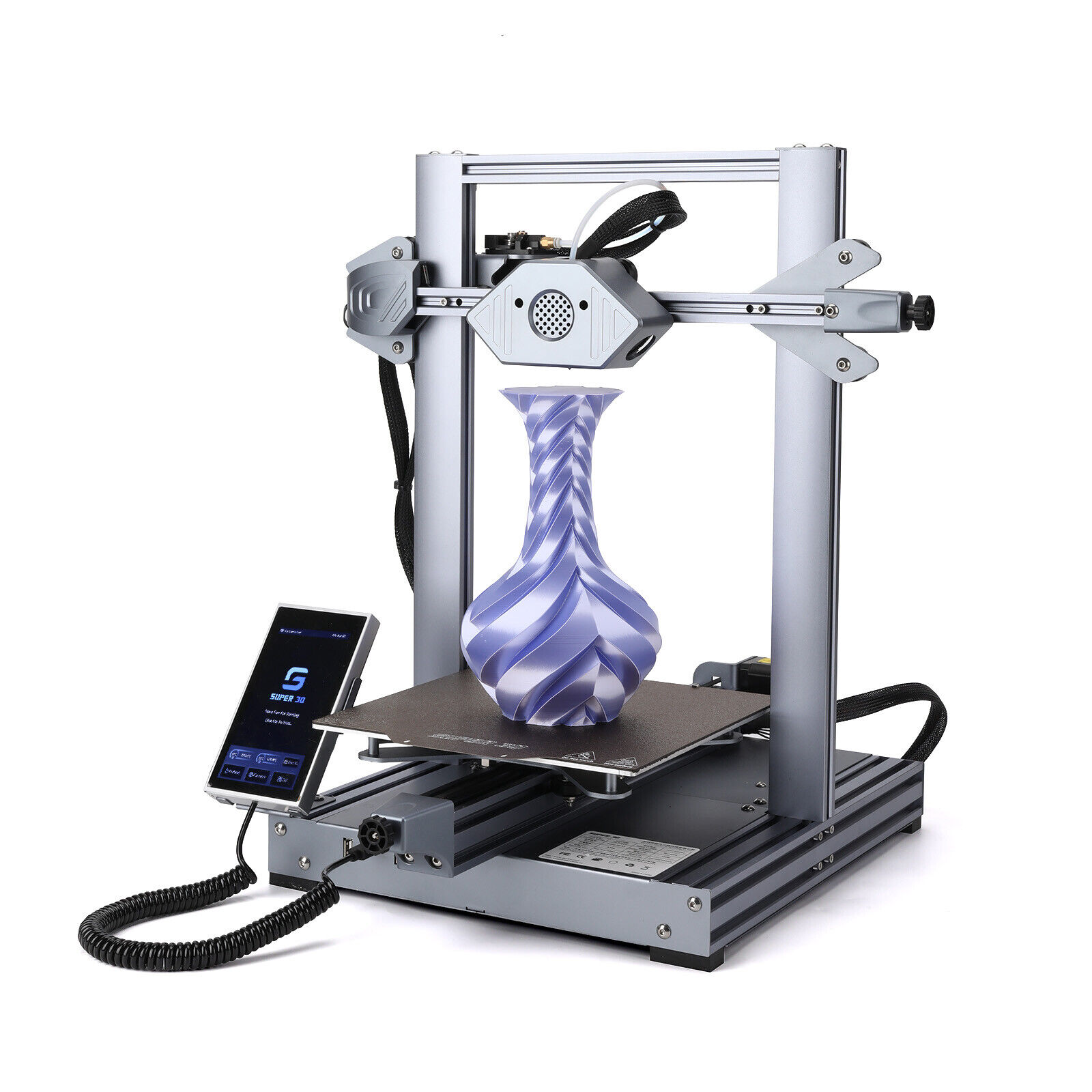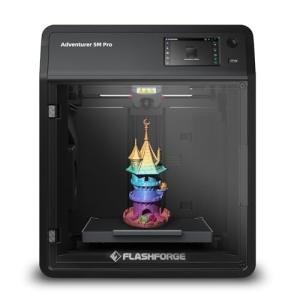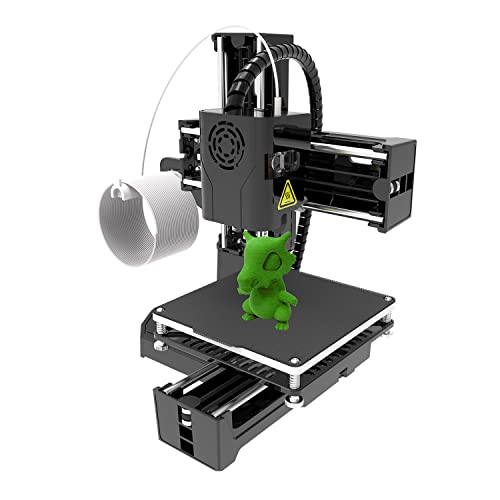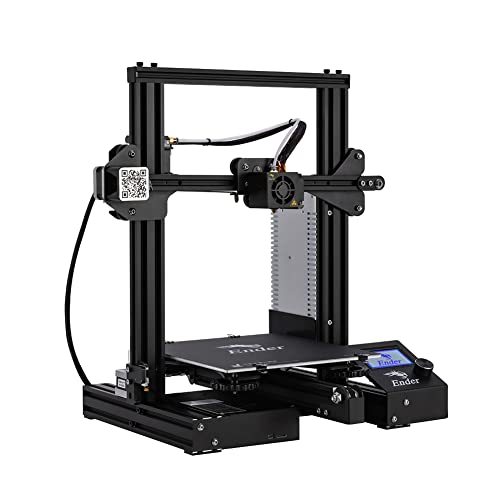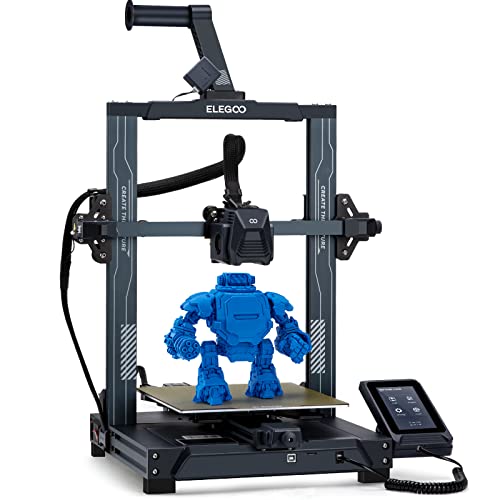When diving into the world of 3D printers, knowing what to look for can make all the difference. This 3D Printer Buying Guide will help you spot key features that fit your needs and budget.
First off, pay attention to the build size. This measures how big your prints can get. If you want to create larger models, look for printers with a bigger build volume. On the flip side, if you’re focused on smaller, detailed work, a compact model might be all you need.
Another biggie is print quality. Check the resolution, often measured in microns. The lower the micron number, the finer the detail. For hobbyists, a printer that offers 100-300 microns is usually spot on. If you’re aiming for high-quality custom pieces, consider models that go below 100 microns.
Don’t forget filament compatibility! Some printers only work with specific types of filament, while others are more versatile. If you're planning to play around with different materials, choose a printer that supports various filament types like PLA, ABS, and PETG. That way, you can experiment without limits.
Finally, ease of use is crucial. Look for user-friendly interfaces, good customer support, and helpful community forums. A printer that’s simple to set up and use will save you time and frustration, letting your creativity shine right away. This 3D Printer Buying Guide is here to help you make a smart choice that works for you!
Best 3D Printers for Beginners
If you're just diving into the world of 3D printing, you want a machine that's user-friendly, reliable, and won’t break the bank. Choosing your first 3D printer can feel overwhelming, but no worries! This 3D Printer Buying Guide will help you figure out which options are perfect for beginners.
The Creality Ender 3 is a favorite for many newbies. It offers great print quality right out of the box and has strong community support. You can find tons of tutorials online to guide you through your first prints. Plus, it’s super affordable—perfect if you’re on a budget but still want something that gets the job done.
Next up is the Anycubic i3 Mega. This one comes semi-assembled, which saves you some time and hassle. The touchscreen interface makes it easy to navigate through settings, even if you’re new to 3D printing. Plus, it has a heated bed which helps with sticking your prints just right.
If you’re looking for something compact, check out the Monoprice Select Mini. It's ready to print out of the box, with no assembly needed. This little printer boasts a small footprint, which makes it perfect for those with limited space. It’s reliable and produces nice prints without a ton of tweaking.
All these options are great starts if you want to get your feet wet in 3D printing. Remember, this 3D Printer Buying Guide is just a starting point, so take your time and choose what fits you best! The more you explore, the more comfortable you'll get with your new hobby.
Auto Leveling FDM 3D Printer, Gray - USA
Experience the ultimate precision and convenience with our Auto Leveling FDM 3D Printer in Gray, proudly made in the USA
Product information
$299.98 $230.98
Product Review Score
4.45 out of 5 stars
126 reviewsProduct links
Key Considerations for Upgrading
Thinking about upgrading your 3D printer? Here are some key things to keep in mind when diving into this 3D Printer Buying Guide. The right upgrade can make a huge difference in your printing experience, whether you're looking for better quality, speed, or new features.
First up, consider your budget. Upgrades can range from affordable to pricey, depending on what you want. Make a list of must-have features versus nice-to-haves. This will help you stay focused and avoid those shiny object syndrome moments when you see the latest tech on the market!
Next, think about what you want to print. Are you into larger models or detailed miniatures? Different printers handle different projects better. If size matters, make sure the new printer has a bigger build volume. If detail is key, look for printers that are known for precision.
Don't forget about the materials. Some printers work best with specific types of filament. If you’ve been using PLA but want to try PETG or TPU, double-check that your new 3D printer can handle these materials. This can open up a world of possibilities for your projects!
Lastly, check out community feedback. Forums, reviews, and social media groups are gold mines for info. Other users can share their experiences, tips, and even tricks to get the most out of your new machine, making this 3D Printer Buying Guide an essential tool in your upgrade journey.
FLASHFORGE Adventurer 5M Pro High-Speed 3D Printer
Experience fast and hassle-free 3D printing with the FLASHFORGE Adventurer 5M Pro, built for creators of all levels
Product information
$499.00 $379.00
Product Review Score
4.71 out of 5 stars
134 reviewsProduct links
Troubleshooting Common 3D Printing Issues
Getting into the world of 3D printing is exciting, but sometimes things can get a bit tricky. Don't worry, though! If you run into any hiccups, here’s a straightforward troubleshooting guide to help you out. This isn’t just a random checklist; these are the real issues many users face and the easy fixes that can save your day.
First off, let’s talk about bed adhesion. If your prints keep curling up or not sticking at all, try leveling the print bed. A level bed is crucial! You might also want to check the temperature settings. Some materials need a little extra heat to stick properly. Using an adhesive spray or glue stick can also help keep your print in place.
Next up is under-extrusion. If your prints look like they’re missing some details or have gaps, it might mean your printer isn’t feeding enough filament. Double-check the nozzle for clogs and clean it if you need to. Also, look at your filament. Old or damp filament can mess with the quality too. Replacing the filament might solve the problem in a snap!
Lastly, let’s address layer separation. If you're noticing that the layers of your print are separating, keep an eye on the temperature again. It might be too low! Dialing up the heat could help the layers bond better. Additionally, try increasing the print speed for better airflow, or give your design some extra time to cool between layers.
